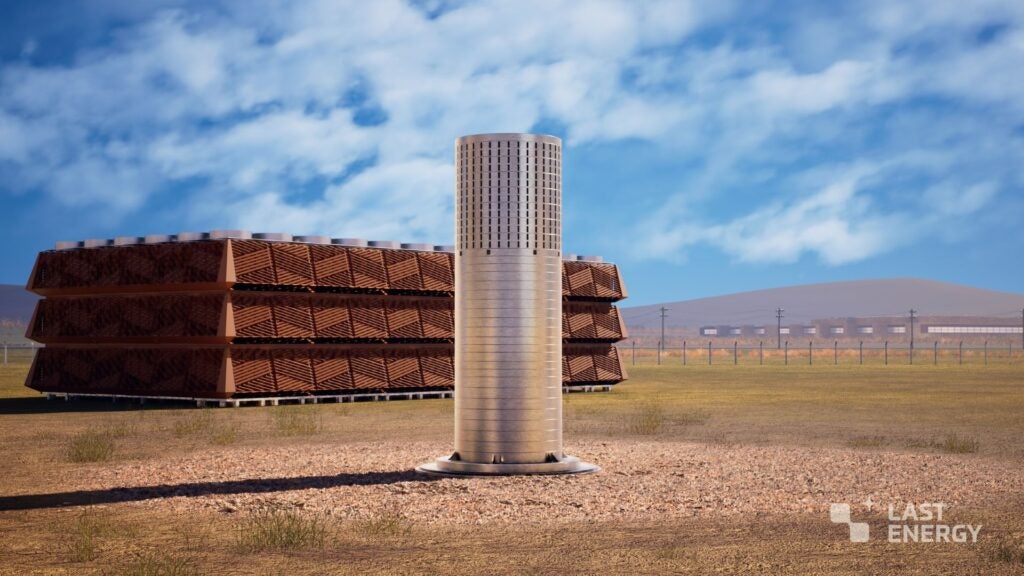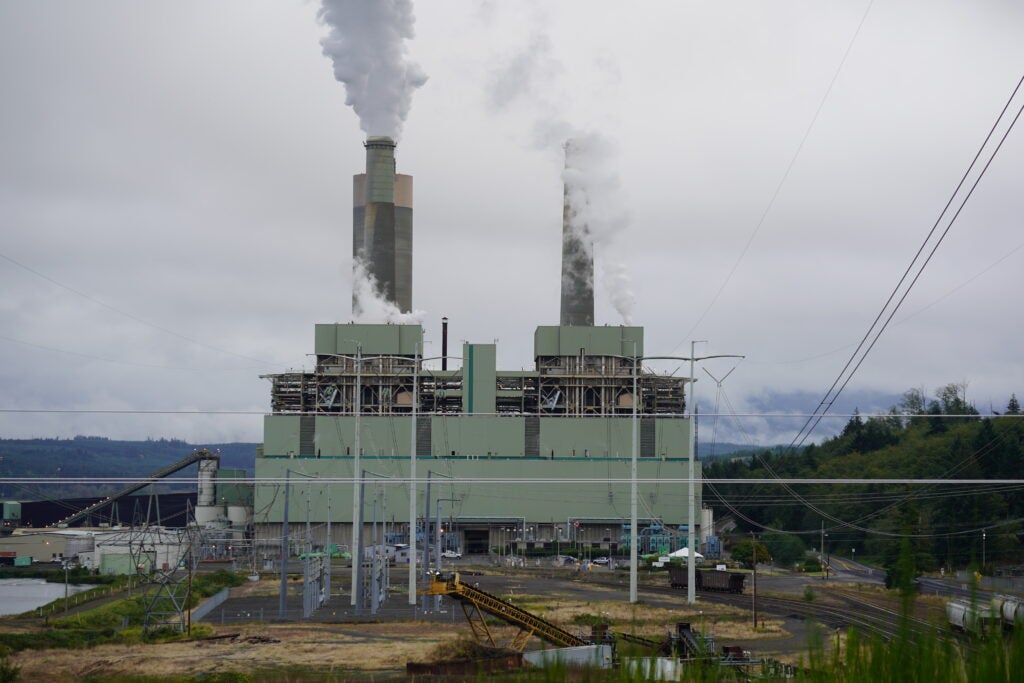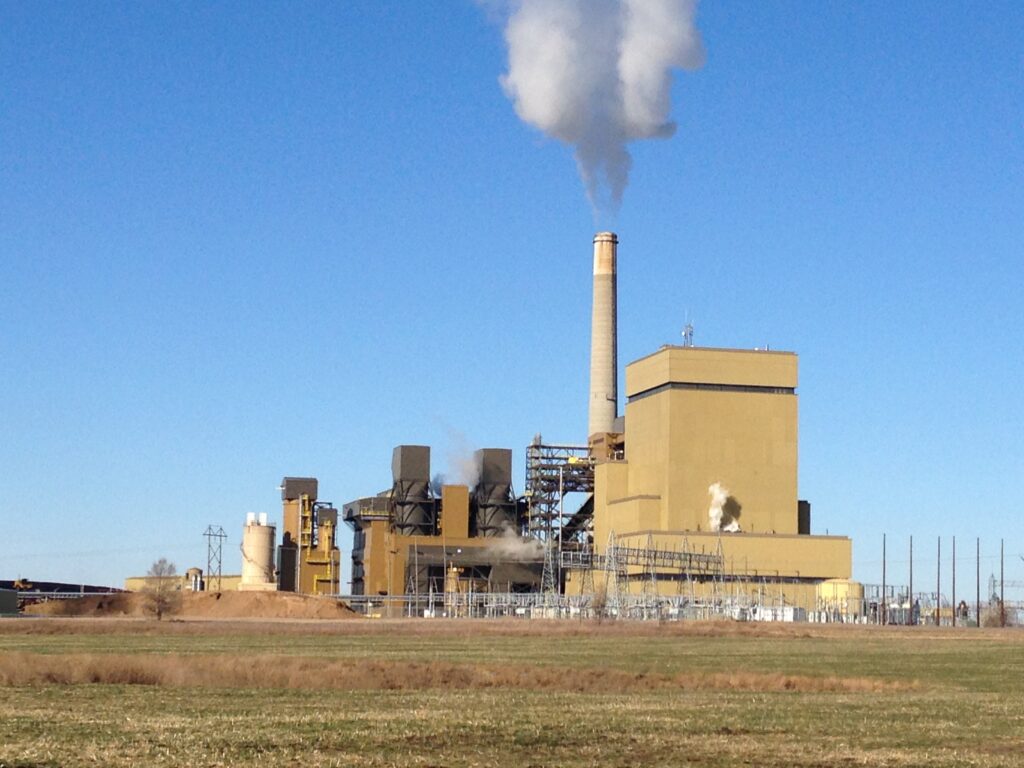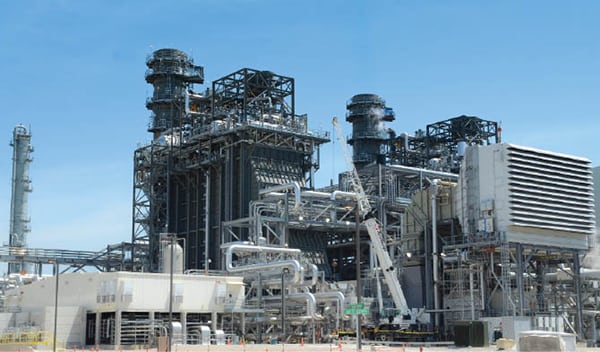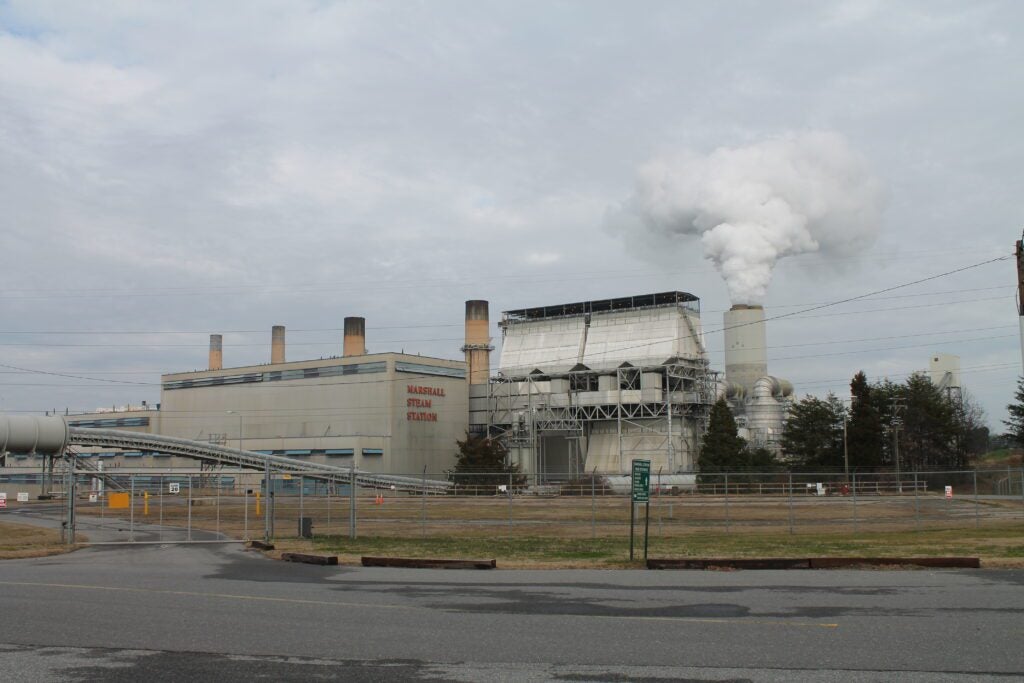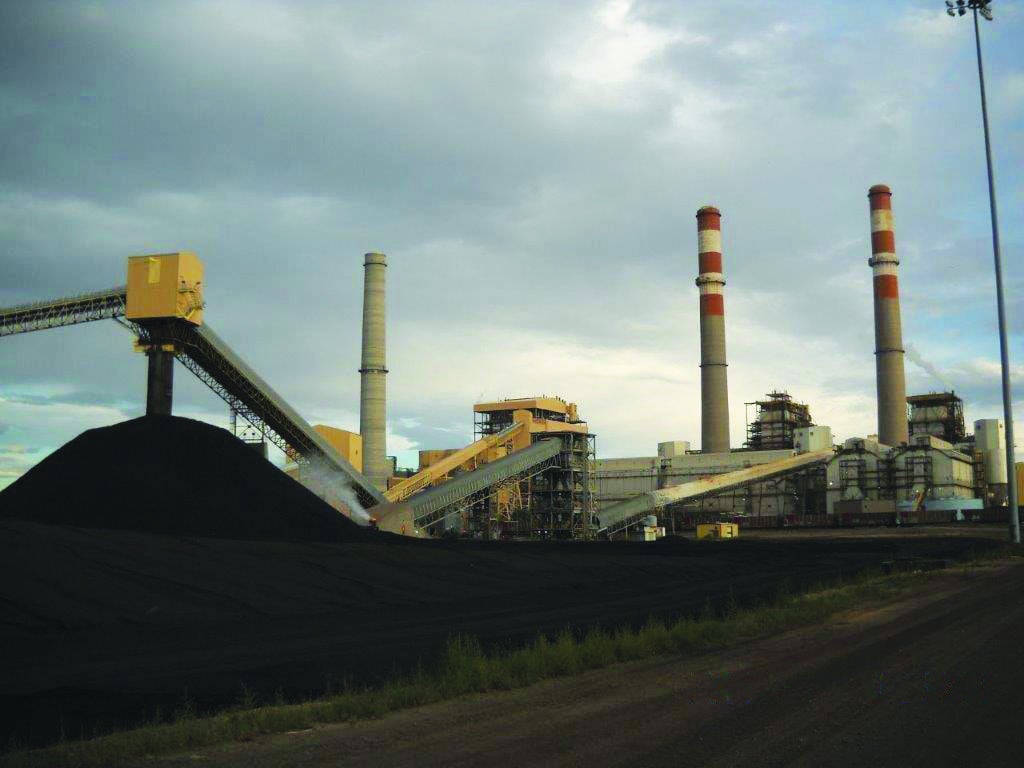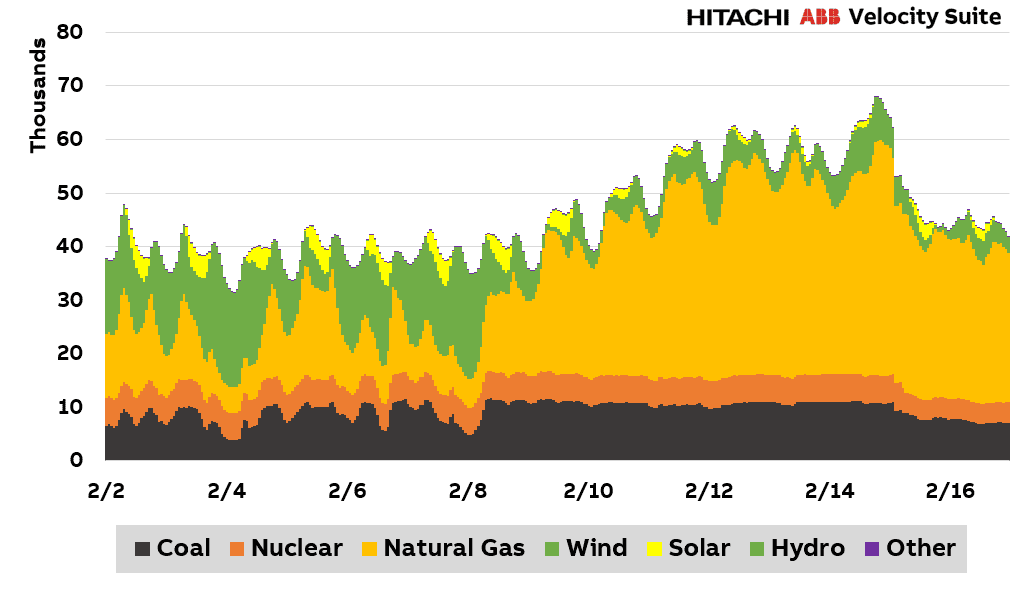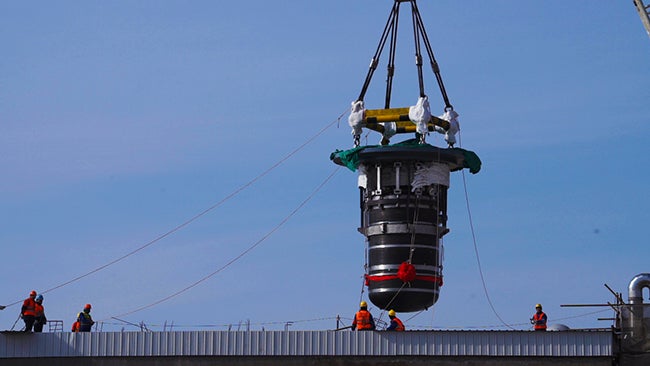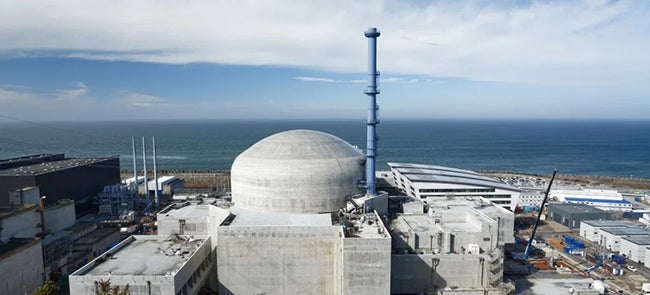
Duke Energy announced plans to build more natural gas-fired generation capacity and look at nuclear power in order to meet the increased demand for power in its Carolinas service territory. The utility also said it will delay the retirement of some coal-fired facilities as it seeks to increase the supply of electricity for data centers and manufacturing plants.
Duke Energy, in its Carolinas Resource Plan filed with state regulators and published October 1, also said it will no longer pursue offshore wind until at least 2040, and will slow the addition of more solar energy capacity in its portfolio.
“North Carolina is the top state for business, and our focus is on ensuring Duke Energy’s low energy rates continue to support this region’s economic success,” said Kendal Bowman, Duke Energy’s North Carolina president, in a statement. “By expanding our diverse generation portfolio and maximizing our existing power plants to meet growth needs, we will ensure reliable energy while saving all our customers money.”
The plan announced Wednesday is Duke Energy’s first filed with North Carolina’s utility commission since that state’s General Assembly passed a law eliminating requirements for reductions in carbon emissions. Duke Energy previously was required to reduce carbon emissions by 70% by 2030. Lawmakers in 2021 had mandated that Duke Energy reach carbon neutrality by 2050, but do so cost effectively while also maintaining the reliability of its power supply. The utility has said the new plan will raise customer bills 2.1% annually over the next 10 years, but said that increase is smaller than previous projections.
Duke’s plan was announced just days after Texas-based retail power generation provider Vistra said it would build two new natural gas-fired units alongside its existing Permian Basin Power Plant in Texas. The new units will provide a total 860 MW of generation capacity to the Electric Reliability Council of Texas (ERCOT) grid, increasing the Permian’s plant generation capacity to 1,185 MW.
Additional Gas-Fired Generation
Duke Energy’s plan specifically calls for adding about 9.7 GW of natural gas-fired generation capacity by 2033. The utility also said it is evaluating two possible sites for new nuclear reactors—in Belews Creek, North Carolina, and Cherokee County, South Carolina—as part of a plan to add more than 1.1 GW of nuclear power generation capacity by 2037.
The utility still plans to add solar power capacity—at least 7.9 GW by 2033—but that figure is lower than the previous plan that called for adding 8.2 GW by 2031. Duke Energy also had planned to add 3.6 GW of wind energy (both offshore and onshore) by 2035, but the new plan eliminates those additions. The utility wrote that wind energy is “not an economically viable resource for customers through 2040 but will be reassessed at next plan update.”
The utility did say it would increase its deployments of battery energy storage to 7.9 GW by 2033.
Duke Energy also is delaying retirement of three coal-fired plants—Belews Creek, Cliffside, and Marshall—that were scheduled to close in the next decade.
North Carolina Gov. Josh Stein (D) in a statement said Duke Energy’s new plan is “retreating from the state’s clean energy future … Duke has eliminated wind, reduced solar and delayed nuclear while increasing our dependence on price-volatile natural gas and coal.” Stein said the state utilities commission should “require significant changes” to the plan. The Sierra Club in a statement said delaying coal plant retirements is “disappointing and unsettling.”
Response to Federal Policies
Duke Energy officials said the new resource plan is in response to Trump administration policies that are ending tax credits for renewable energy while incentivizing nuclear energy and energy storage. The administration also this week said it will open 13.1-million acres of federal land to coal leasing, and spend $625 million on various coal initiatives. Those measures include technology upgrades to older coal plants that might otherwise be shuttered.
Energy Secretary Chris Wright earlier this week in a statement said, “Beautiful, clean coal will be essential to powering America’s reindustrialization and winning the AI [artificial intelligence] race. These funds will help keep our nation’s coal plants operating and will be vital to keeping electricity prices low and the lights on without interruption.”
Duke Energy in a news release said the new plan “reflects rising electricity demand across the Carolinas at an unprecedented pace, driven by the economic success of North Carolina and South Carolina. So far in 2025, companies have announced new projects delivering more than 25,000 jobs and $19 billion in investments in North Carolina, most of which are for new manufacturing facilities.
“Across the Carolinas, customer energy needs over the next 15 years are expected to grow at eight times the growth rate of the prior 15 years. To put this in perspective, that projected increase in energy use is more than double the growth forecasted when the 2023 Carolinas Resource Plan was initially filed.
“The 2025 Carolinas Resource Plan also adapts to significant policy changes at state and federal levels. Recent energy legislation in both states emphasizes reliability, while changes in federal regulations and tax credits support advanced nuclear and battery storage and provide flexibility for existing coal and new natural gas generation.”
More Nuclear Power
The utility said it nuclear plan includes adding “large light-water reactor [LLWR] technology for evaluation in addition to small modular reactors [SMRs], targeting potential 2037 in service for new nuclear generation at either Belews Creek, N.C. [SMR] or the W.S. Lee site in Cherokee County, S.C. [LLWR], expanding license activities to include both LLWR and SMR sites to preserve optionality.”
The company said its natural gas plan maintains “the five combined-cycle [CC] units called for in 2023 modeling for baseload generation and increased the number of combustion turbines [CT] for peak needs by two to a total of seven, helping meet continued load growth; added enhanced liquified natural gas storage to reduce fuel cost volatility and boost reliability.” The utility noted locations for combined-cycle units include Person County, N.C. (2), Anderson County, S.C. (1), and a third site to be determined (2). It said combustion turbines would be added at Catawba County, N.C. (2), Rowan County, N.C. (2), Richmond County, N.C. (1), and a fourth site to be determined (2).
Regarding coal-fired generation, the utility said, “following federal actions that eased restrictions on coal generation, targeted potential two- to four-year extensions of units that have dual-fuel capability [Belews Creek, Cliffside, Marshall]. Maintaining an orderly exit from coal as approved by state regulators, while extending the operational life of these fuel-flexible assets for a short time, will help meet load growth.” Bowman said, “We’ve also made further progress in maximizing the value of existing resources, making them more efficient and able to deliver more electricity to meet near-term growth needs while minimizing costs to customers.”
The North Carolina Utilities Commission will hold hearings on the resource plan next year, on dates still to be determined, and issue an order by Dec. 31, 2026. Duke Energy said it will file a resource plan update with the Public Service Commission of South Carolina later this year, which will incorporate information from the 2025 Carolinas Resource Plan.
—Darrell Proctor is a senior editor for POWER.





